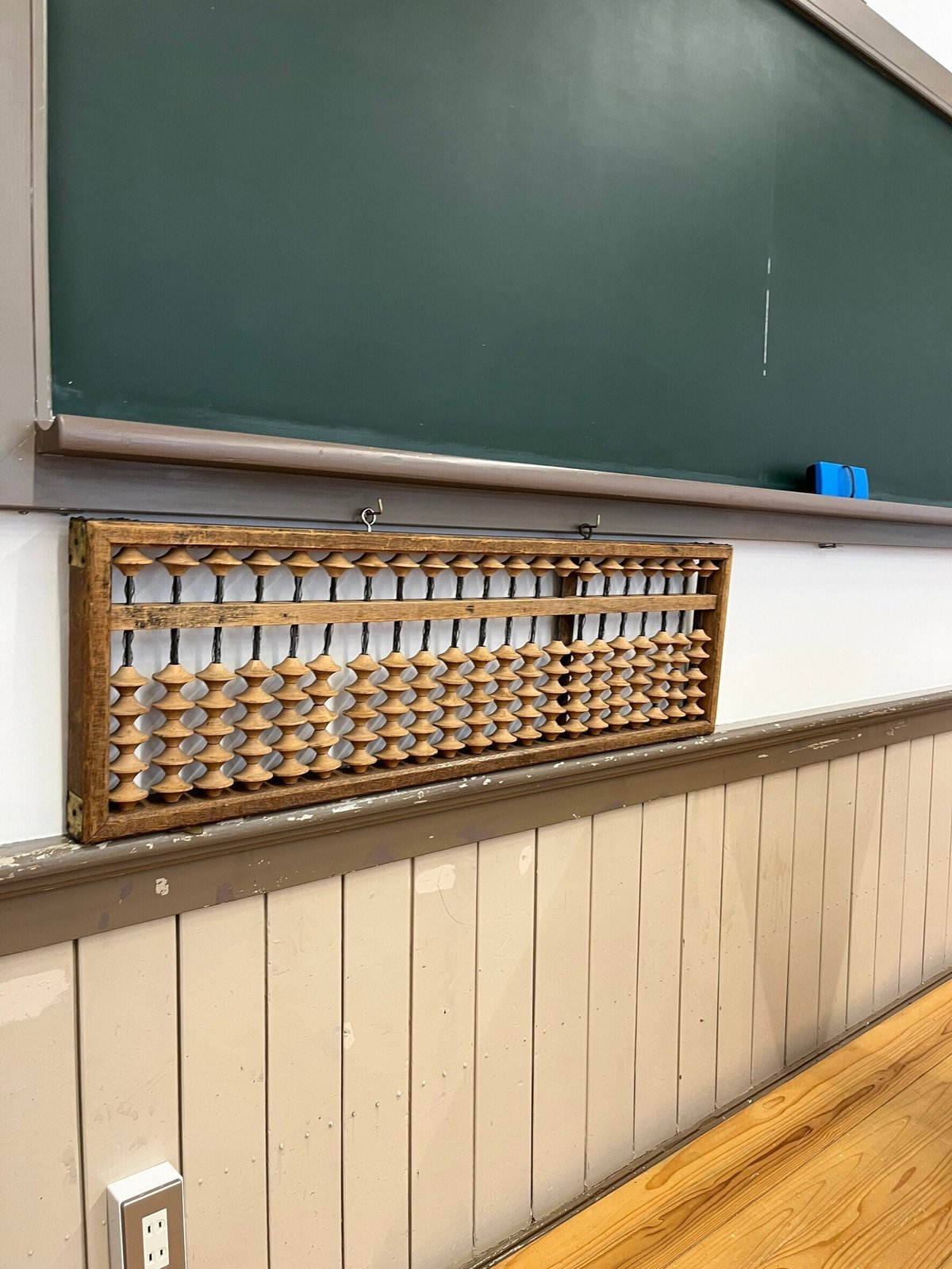
A Visit to the Kanazawa Museum of Lifestyle「金沢くらしの博物館」

Charming Meiji-era Pseudo-Western Architecture
This museum is a delightful treasure trove showcasing everyday life in the Showa era and featuring the captivating pseudo-Western architecture of the Meiji period. It evokes a sense of nostalgia while offering a fresh perspective on these historical structures.

What is Pseudo-Western Architecture?
Pseudo-Western architecture refers to buildings constructed from the late Edo period to the early Meiji era in Japan. These structures were primarily designed and built by traditional Japanese carpenters who incorporated Western architectural features, and sometimes even Chinese elements, into conventional Japanese wooden architecture. The aim was to convey the spirit of modernization to the general public during the Meiji Restoration.

Unique Points of Pseudo-Western Architecture
"Imitation and Innovation" The interesting aspect of pseudo-Western architecture is the way Japanese carpenters, unfamiliar with Western styles, combined their traditional techniques and aesthetics with what they perceived as Western elements. This blend resulted in highly original and unique designs that exemplify the beauty of the fusion between Japanese and Western styles.
Decorative Elements Instead of perfectly curved Western arches, these buildings often feature "Kibana" (wooden nose) decorations, typical of Japanese architecture, under the arches. This combination of Japanese and Western decorative techniques adds a distinctive charm to pseudo-Western buildings.

Historical Significance of the Museum Building
The museum building itself is a fine example of pseudo-Western architecture. Originally built in 1899 as the "Ishikawa Second Middle School" (commonly known as Kanazawa Second Middle School), this wooden structure now houses the museum. It's fascinating to think of students attending such a beautiful building daily, creating romantic memories of their youth.

Exhibits from the Past
Classroom Displays The classrooms feature integrated desks and chairs, a setup that was quite innovative for its time.

Large Abacus A large abacus is on display, highlighting how students of the era learned mathematics. It's reminiscent of the large triangular rulers we used to have in classrooms. Nowadays, with PowerPoint presentations replacing blackboards, such items might seem like relics of the past.


Showa-era Lifestyle Exhibits
Upon entering the museum, visitors are greeted with a recreation of a typical Japanese household from the Showa period. The exhibit includes nostalgic household appliances, furniture, and clothing, giving a glimpse into daily life during that era.

Old Appliances: Aesthetic Appeal
The old appliances on display are particularly charming. They often feature English labels and non-square shapes, offering a freedom of form that modern appliances lack. Despite their potential lack of user-friendliness by today's standards, their design holds a unique appeal.

Showa-era Toys and Culture
The museum also showcases toys and games from the Showa period, evoking fond childhood memories. Additionally, posters and advertisements from the era provide insights into the cultural trends and lifestyle of the time.
Conclusion
The Kanazawa Museum of Lifestyle is a treasure trove of historical charm and architectural beauty. For those who appreciate retro aesthetics and a glimpse into Japan's past, this museum offers an enchanting journey through time. Whether you are fascinated by the unique pseudo-Western architecture or nostalgic for the Showa era, the museum promises a memorable and enriching experience.
HP
https://www.kanazawa-museum.jp/minzoku/
金沢を訪れる際には、ぜひこの博物館に足を運び、過去の日本の暮らしと文化に触れてみてください。
サポートありがとうございます!
